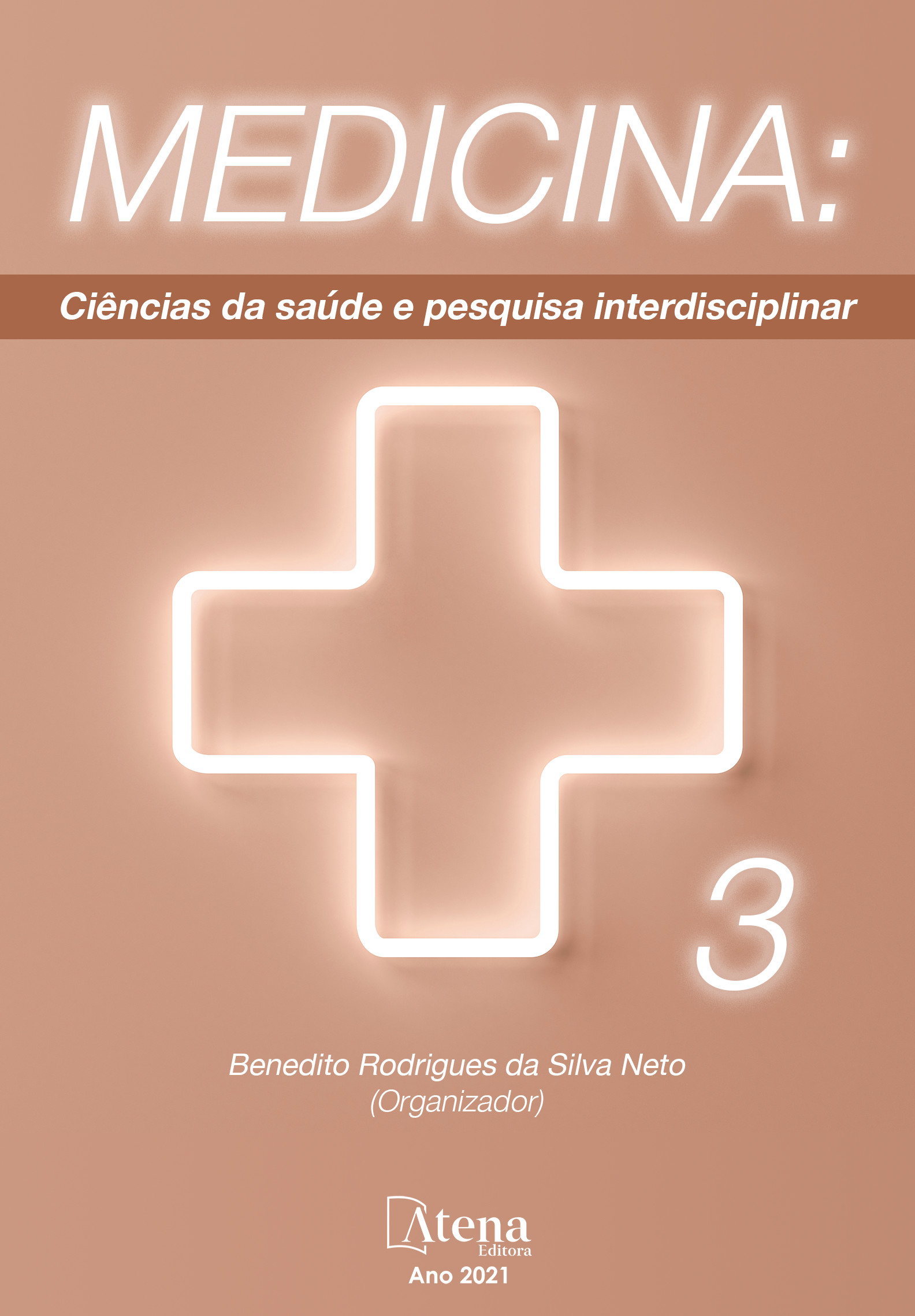
RELAÇÃO ENTRE TABAGISMO E CÂNCER DO COLO DO ÚTERO
INTRODUÇÃO: O câncer do colo do útero é o terceiro tumor maligno mais frequente entre mulheres, causado majoritariamente pela infecção de tipos oncogênicos do papilomavírus humano (HPV), principalmente 16 e 18, com pico de incidência na 5ª-6ª década de vida, agravado se associado a fatores de risco como o tabagismo. MÉTODOS: Revisão de literatura elaborada a partir de produções científicas dos últimos cinco anos. A base de dados usada foi o PubMed, com os descritores: cancer, cervical, smokers, utilizando o operador booleano (AND) e filtro [Title/Abstract]. RESULTADOS: Foram encontrados 81 artigos, restando 16 para amostra final. Os estudos avaliaram 64207 mulheres (18-91 anos), constatando o tabagismo como fator de risco primário para o câncer cervical na presença do HPV, a depender da carga tabágica. A cotinina presente no tabaco lesa o DNA ao ativar nitrosaminas, afetando as citocinas que infiltram o epitélio cervical e desempenham papel sinérgico na patogênese do HPV, inclusive em fumantes passivas. O benzopireno e 4-(metilnitrosamino)-1-(3-piridil)-1-butanona também causam danos, reduzindo a autodefesa cervical, ao diminuir células T helpers, natural killers e imunoglobulinas, o que torna o epitélio mais vulnerável a infecções. O benzopireno modula ainda o ciclo de vida do HPV, aumentando a expressão dos oncogenes E6 e E7. Ademais, há associação entre o tabagismo e prevalência de mutação do gene supressor de tumor p53 e instabilidade genômica. CONCLUSÃO: O consumo de tabaco gera danos ao DNA do epitélio cervical, amplificando a expressão de oncogenes e interferindo na imunidade, o que facilita o processo de carcinogênese do HPV no colo uterino. Além disso, o câncer cervical tem pior prognóstico nesta população quando comparado a não fumantes. O reconhecimento desta relação direta reforça a necessidade do combate ao tabagismo como forma de prevenção das neoplasias cervicais.
RELAÇÃO ENTRE TABAGISMO E CÂNCER DO COLO DO ÚTERO
-
DOI: 10.22533/at.ed.68621080921
-
Palavras-chave: Neoplasias do colo do útero, Tabagismo, Papilomavírus Humano
-
Keywords: Uterine cervical neoplasms, Smoking, Human Papiloma Virus
-
Abstract:
INTRODUCTION: Cervical cancer is the third most frequent malignant tumor between women, it’s mainly caused by the infeccion of oncogenic types of human papillomavirus (HPV), especially 16 and 18, with a peak of incidence in the fifth-sixth decade of life, aggravated if associated with risk factors like smoking. METHODS: Literature review made by scientific productions of the last five years. The database used was PubMed, with the descriptors: cancer, cervical, smokers, using the boolean operator (AND) and filter [Title/Abstract]. RESULTS: It has found 81 articles, leaving 16 for the final sample. The studies evaluated 64207 women (18-91 years old), noticing smoking as a primary risk factor to cervical cancer in the presence of HPV, depending on the amount of tobacco. Cotinine present in the cigarette prejudices the DNA because it activates nitrosamines, affecting cytokines which infiltrate the cervical epithelium and play a synergistic role on the HPV pathogenesis, including in passive smokers. Benzopyrene and 4-(methylnitrosamino)-1-(3-pyridyl)-1-butanone also cause damage, decreasing the cervical self-defense, because they reduce T helpers cells, natural killer and immunoglobulin, and it makes the epithelium more vulnerable to infections. Benzopyrene modulates the life cycle of HPV too, increasing the oncogenes E6 and E7 expression. Moreover, there is an association between smoking and the prevalence of tumor suppressor gene mutation and genomic instability. CONCLUSION: The consumption of tobacco causes damage to cervical epithelium DNA, increasing the oncogenes expression and interfering in the immunity, which helps the carcinogenesis process of HPV in the cervical region. Besides, cervical cancer has the worst prognosis in this population when compared to non-smokers. The recognition of this direct relation reinforces the need to combat smoking as a way to prevent cervical neoplasms.
-
Número de páginas: 5
- Amanda Cechelero Cruz
- Luíza Maria Rocca de Paula
- Samya Hamad Mehanna
- Beatriz Bertoletti Mota


